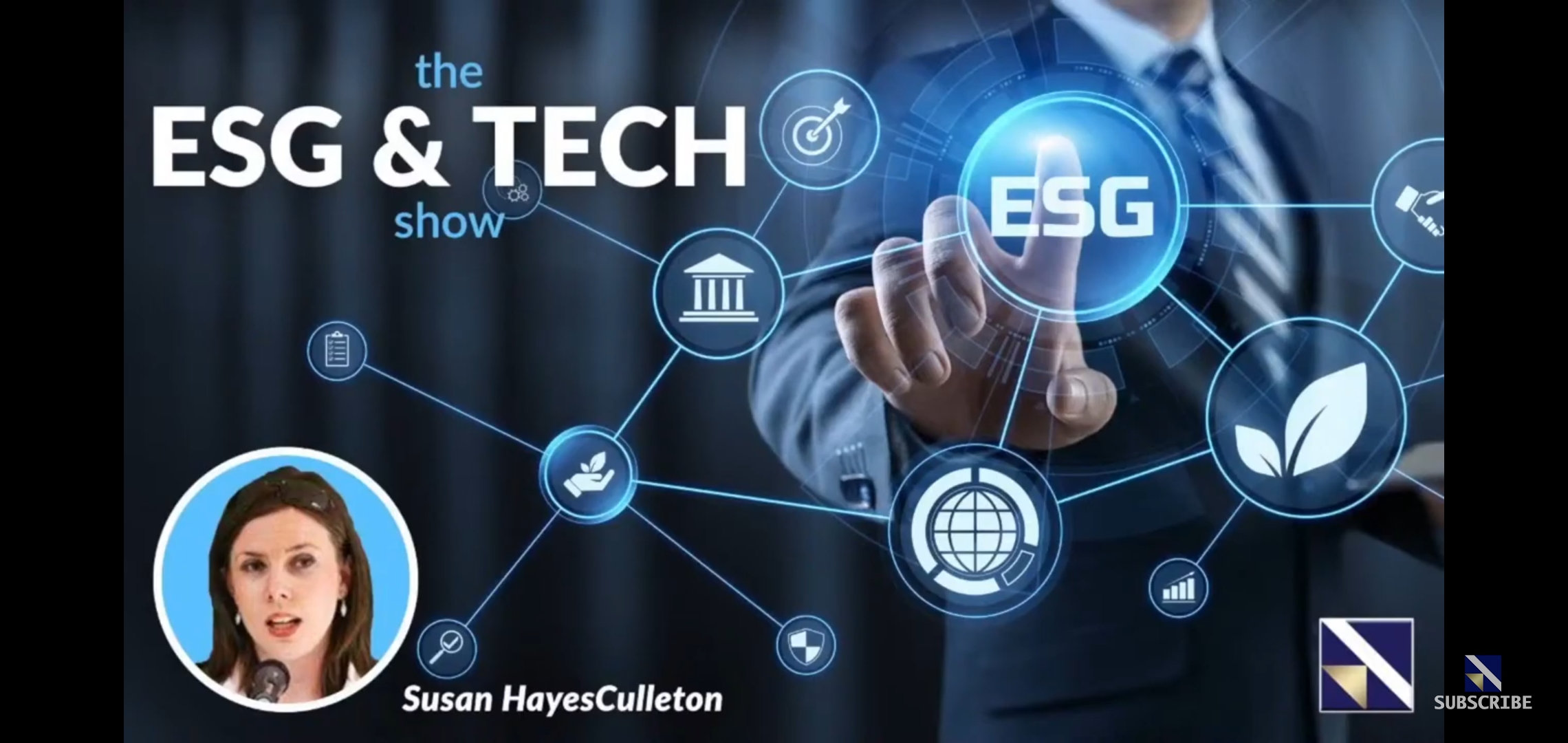In my most recent episode of ESG & Tech, I focused on the past and future of Robo Advisor. This is an area that has been of particular interest to me for a while now because Many argue that the traditional models of advising are broken. AUM fees favour larger accounts. Fee-based advice crowds out the smaller investor. Robo-advisor connects algorithms, technology, slick UX apps, and liquid ETFs with a view to offering a credible value proposition to Gen Z and millennials. However, tech doesn’t have empathy in a stock market crash … or does that matter?
How does a Robo-advisor work?
The Banking Hub has a useful graphic that describes the process well:
- A customer fills out a questionnaire with questions relating to investment ambitions, investment horizons, investment asset classes, experience and their financial situation.
- This data is mapped to a “strategic asset allocation” which points towards suitable asset allocations including stocks, bonds etc.
- Next, the algorithm determines which financial instruments are going to be used to implement this theory into practise and ETFs are particularly popular for doing so.
- Finally, the purchases are orchestrated and the portfolio is set up.
In essence, this removes a lot of emotion that can come with investing, is very convenient and thus suitable for busy people and takes away the need to understand the nuances of various companies and other market considerations. It has a lot of benefits to it and Statista expects the assets under management to reach $2.8 trillion by 2025. However, the average AUM in the Robo-Advisor segment is expected to reach just $4,875 this year. One can deduce that people are testing the water with this concept rather than letting an algorithm sit at the helm of their investment journey. I made the point to our viewers that many new game-changing concepts start off like that (ETFs, online broking and many fintech apps) but can go on to balloon in transactions when trust rises and the barriers to entry fall.
Is Robo Advisor the way forward?
While Robo Advisor does take the work out of picking individual securities and indeed, investing in general, it’s unlikely to be for everybody. In fact, many VectorVest subscribers aren’t going to like it at all! The reasons for this are summed up well in a “Dough Roller” piece titled outlining that Robo Advisor isn’t a good idea for the following reasons:
- You like Do-It-Yourself Investing
This is where VectorVest shines. If you know the type of investor you are (e.g. prudent), the characteristics you like to see (e.g. favourable Relative Safety of high dividends), the warning signs on a graph (e.g. declining Relative Timing), then you will want to take things into your own hands and tailor your investments to what suits you. - You like a “Human Touch” with your Investing
Perhaps that “human touch” is your own! If you want to bring your own personality to your portfolio or you want to turn those ideas that come up in Mastery sessions or the upcoming Tampa conference or any of the Summits, then you’re likely to want to drive the bus directly. - You’re Hoping to Beat the Market
Robo Advisors make algorithmic, productive use of ETFs. An ETF’s job is to deliver the market return and nothing else. It is tasked with minimising tracking error and efficiently mirroring the performance of the underlying index. If you want to beat the market, then you will need to think differently. Perhaps you will want to put together a combination of the Confirmed Calls and VST indicator, or follow one of the Model Portfolios in the programme or customise your portfolio with options. In each of these cases and countless more, we have articles, webinars, YouTube shows, live events and training courses dedicated to doing so.
Where can one access a Robo Advisor and how much do they cost?
There are lots of providers in this arena and they offer different services. For example, Vanguard Digital Advisor has a characteristically low-cost offer. At the time of writing, one needs $3,000 to set up an account and the fees are just $2 per $1,000 invested. Their explainer videos point out that this is useful for people who want to minimize the amount of time they put into this and the importance of keeping costs low. Betterment instead focuses on offering tailored tax harvesting and simulations to it’s US based customers, a choice to bring an ESG tilt to a Robo-advised portfolio and a premium package with unlimited calls and e-mails with their own CPA accredited advisors. Of course, we delgithedly have a very diverse audience who comes along each month to the ESG & Tech show so I naturally wanted to check out some other regions. In Europe, there is a service comparison site that points out the availability in Germany, France, Switzerland, the United Kingdom, Span, Belgium and many, many others.
What is the fundamental issue that could determine Robo-Advisor’s success or demise?
In a very interesting paper called “Robo Advisors: Exploring and Leveraging the Competition”, the authors point out that it’s the not-so-obvious point that can make or break this idea. Lots of people talk about “what happens if there is a bear market and the customer wants to talk to somebody about their portfolio?”. However, this paper points out that it’s what customers are not talking about is the problem. The first interaction that somebody has with the Robo Advisor is predicated on them telling the truth (which we can reasonably expect) and being objective (which we reasonably can’t expect). The authors quoted one study where people were asked to list their financial goals in rank order. Afterwards, they were shown a master list of randomly ranked financial goals as articulated by the whole group. If one was very clear about one’s goals, then they shouldn’t be influenced by such a list…right? About 73 per cent of participants substituted at least one of their top three goals with goals from the master list. Therefore, do we really know what we’re aspiring towards or does it really make a big difference when we talk it out with an experienced professional?
Can VectorVest help me automate some elements of my investing?
Yes, of course! There are three main ways that VectorVest can help you accelerate or even automate your investing.
Unisearch enables you to choose what you want in a stock and then rank that list by importance of what you decide. For example, in the episode, I “told” my Unisearch that I wanted stocks with:
- RT > 1 (i.e. I only wanted stocks that were rising),
- DY > 2.0% (i.e. I only wanted stocks that paid me 2% in income, based on current prices)
- EPS > 0 (i.e. I only wanted stocks that were profitable)
Further, I ranked the list in terms of GRT (i.e. I wanted the stocks that were growing their earnings the fastest to appear at the top of my list.
The second way is to build a portfolio in VectorVest. You can follow the step-by-step guide in the “Portfolios” tab in the programme. In the show, I described how to start a portfolio but also how it keeps track of price changes, overall return on investment, gains and losses as well as a range of other things.
Finally, you case use “Robo-Trader” as it “harmonizes the Portfolio Genius, the AutoTimer and the BackTester to bring the awesome power of VectorVest to your portfolio.” Rather than using a full on Robo Advisor which begins with an asset allocation, it simply focuses on your stock selection and levers both of what I mentioned earlier through the tailoring of Unisearch and the timing aspect of your portfolio.
Therefore, you have it all at VectorVest! If you want full-scale automation, ways to customise your searches and ranks or both with the help of people who will answer your call or bring a group through a certain theme, you’re right at home right here.








Leave A Comment